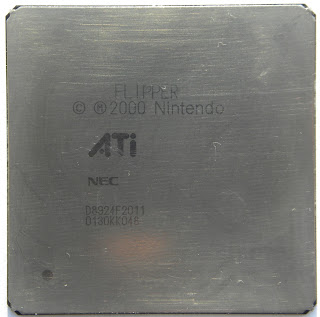It looks like there's a lot that needs to be fixed within BBM, as the developers continue to deliver updates that correct some of these issues.
The latest update bring BlackBerry Messenger (BBM) to version 6.2.0.33 and, once again, fixes quite a number of bugs:
- Missing BBM icon on OS 5.0;
- Issues scrolling up through older messages on OS 6.0;
- Issue selecting all the text by scrolling up/down in the inline display name and personal message fields;
- Scrolling quickly in the inline edit view allowed the focus to move out onto your avatar;
- Pressing the Enter key while the focus is on your avatar initiated the inline edit view.
There's more to it, as the update contains more specific bug fixes, which are meant to make users' experience smoother with BBM application. The following issue have been corrected in the last version of BlackBerry Messenger:
- In the inline display name or personal message field, smileys were highlighted when added via the “Add Smiley” menu option;
- Unable to scroll in certain directions within the inline display name and personal message field;
- No “Save” menu option or prompt dialog when the inline display name or personal message field only contains smileys;
- No red splat on the BBM icon after deleting a group icon from the Home Screen and receiving a group notification;
- Notification view/today view does not show BBM Messages.
As with all beta version of BlackBerry applications, the latest version of BBM is available for download via BlackBerry Beta Zone.
Those who download and install the application are recommended to provide feedback, so that devs can further improve the software.



 3/30/2012 11:39:00 PM
3/30/2012 11:39:00 PM
 dannzfay
dannzfay

















































